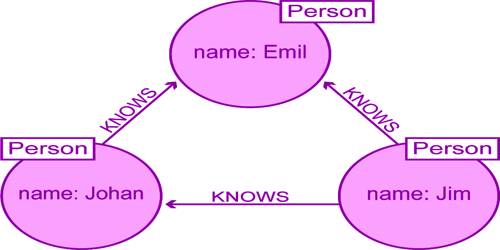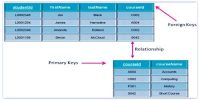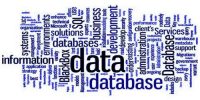The function of Query Language
Query languages are computer languages used to make queries in databases and information systems. It refers to any computer programming language that requests and retrieves data from database and information systems by sending queries. It is a specialized programming language for searching and changing the contents of a database.
Broadly, query languages can be classified according to whether they are database query languages or information retrieval query languages. The difference is that a database query language attempts to give factual answers to factual questions, while an information retrieval query language attempts to find documents containing information that is relevant to an area of inquiry.
For example, Structured Query Language (SQL) is a special-purpose programming language designed for managing data held in relational (RDSMS), or for stream processing in relational (RDSMS). Originally based upon relational algebra and tipple, SQL consists of a data definition language and a data manipulation language. The scope of SQL includes data insert, query, update and delete, schema creation and modification, and data access control. Although SQL is often described as, and to a great extent is, a declarative language (4GL), it also includes procedural elements.
Examples include:
- QL is a proprietary object-oriented query language for querying relational databases; successor of Datalog;
- Contextual Query Language (CQL) a formal language for representing queries to information retrieval systems such as web indexes or bibliographic catalogues.
- CALF (CODASYL Query Language, Flat) is a query language for CODASYL-type databases;
- Concept-Oriented Query Language (COQL) is used in the concept-oriented model (COM). It is based on a novel data modeling construct, concept, and uses such operations as projection and de-projection for multi-dimensional analysis, analytical operations, and inference;















